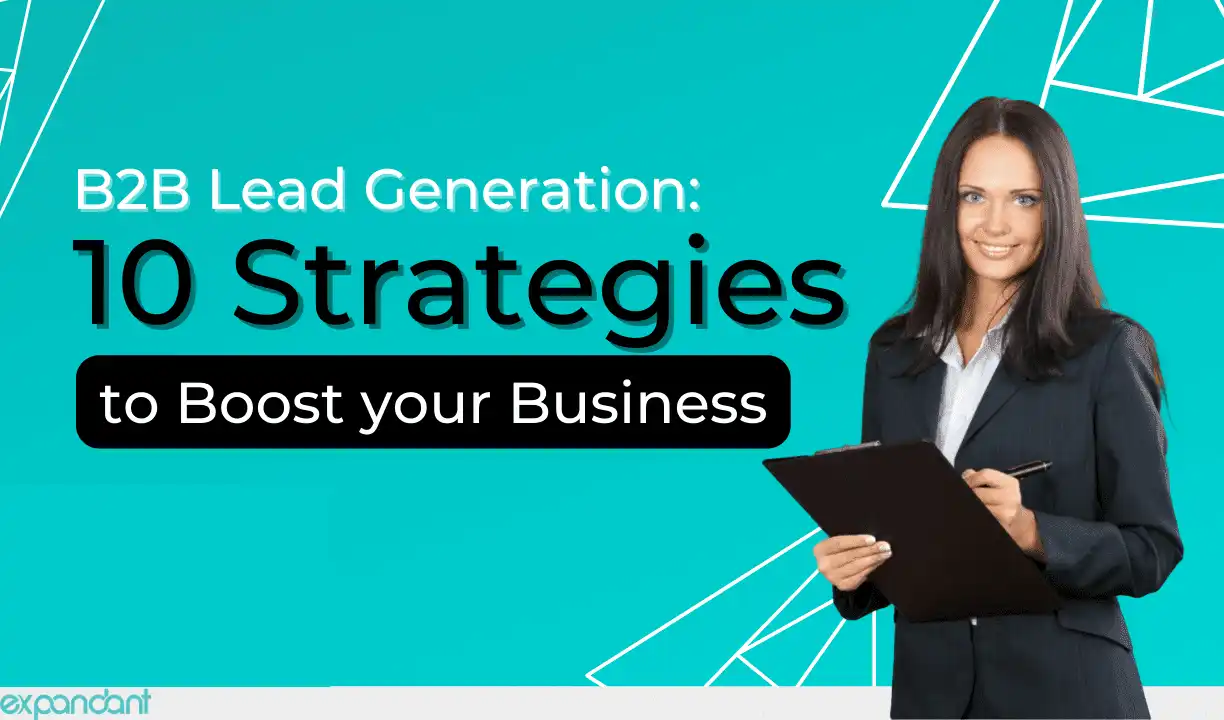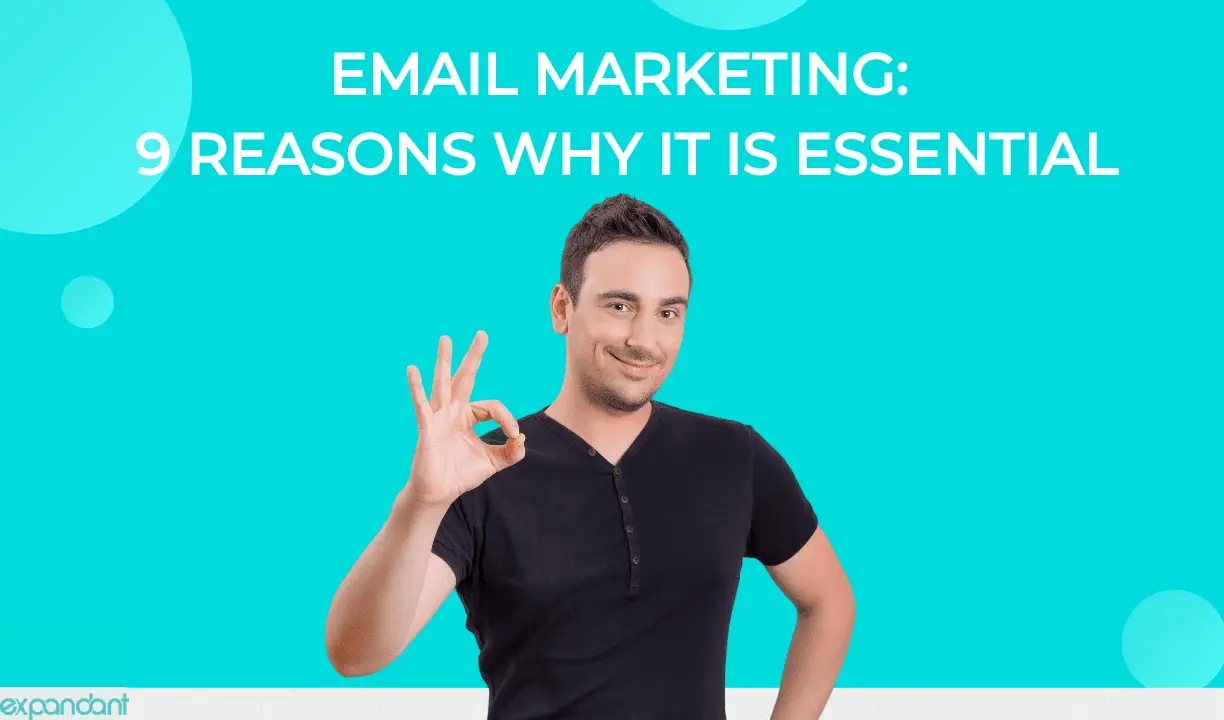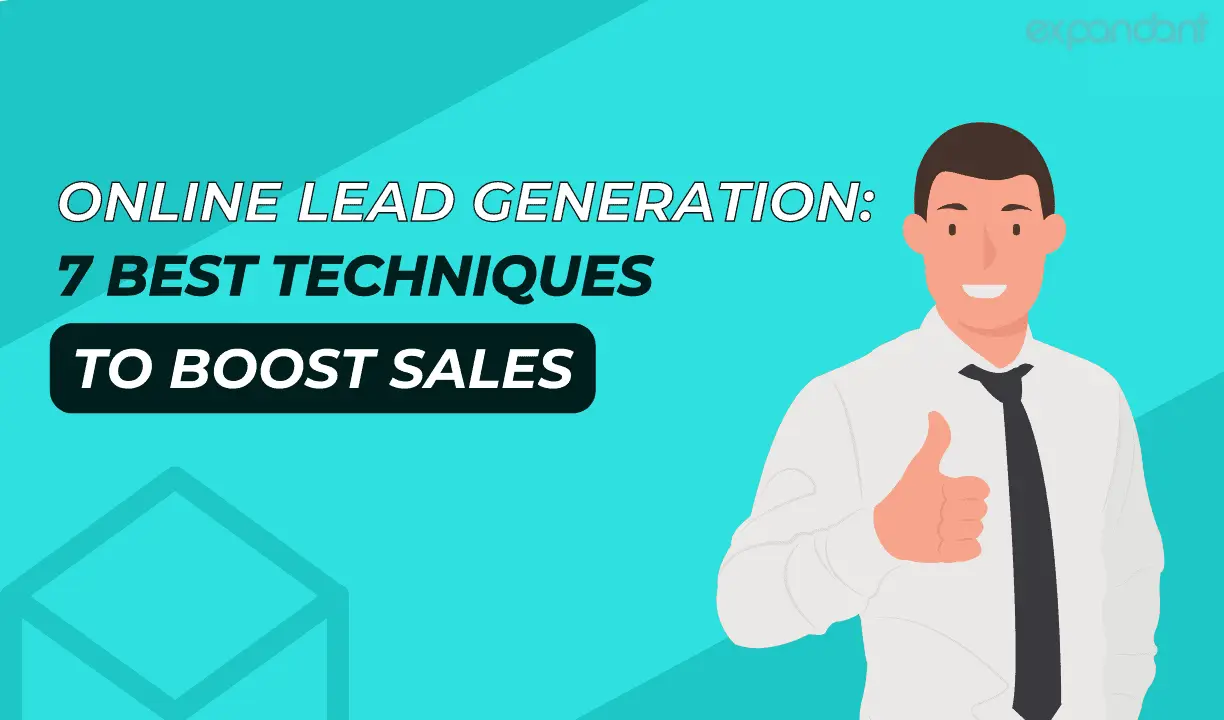Most of the time, firms think that when it comes to B2B lead generation, it’s always a direct and outbound process. They think of messages sent straight to clients or prospective buyers that you’ve qualified. In doing this, the goal is to be compelling and persuasive enough. If you can do that successfully, the audience starts to respond and engage.
However, B2B lead generation methods have changed. The behavior of professional buyers has also changed. These people go to Google and check you out rather than asking people around them.
Competitiveness nowadays requires using a wide range of methods. This has increased the number of B2B lead generation tactics available to you. But, in today’s competitive society, which of them would be the one to help you reach success?
Here are ten essential B2B lead generation techniques for you. These will help your company not just to keep up but also get ahead.
1. Market Research
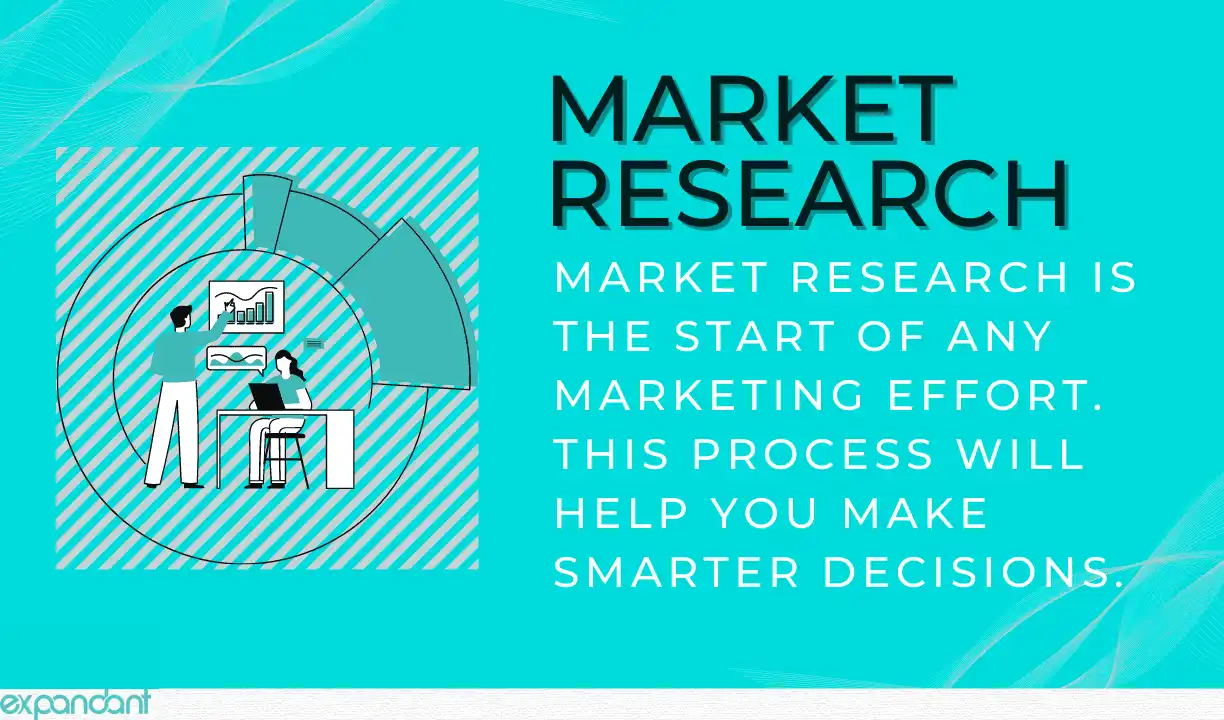
Research is the start of any marketing effort. This process will help you make smarter decisions.
It will provide you with a clear basis for your marketing and give you important information that will help you measure the results.
By doing research, you’ll understand your clients better. It will put you at an advantage to serve them better. It will also provide you with insight into how your processes are working. You’ll know which part of your business is working best. It will also help you better understand what kind of services you should offer. Businesses that run systematic research on their prospects and clients grow three to ten times faster and are more profitable than those that don’t.
2. Niche-driven Strategy
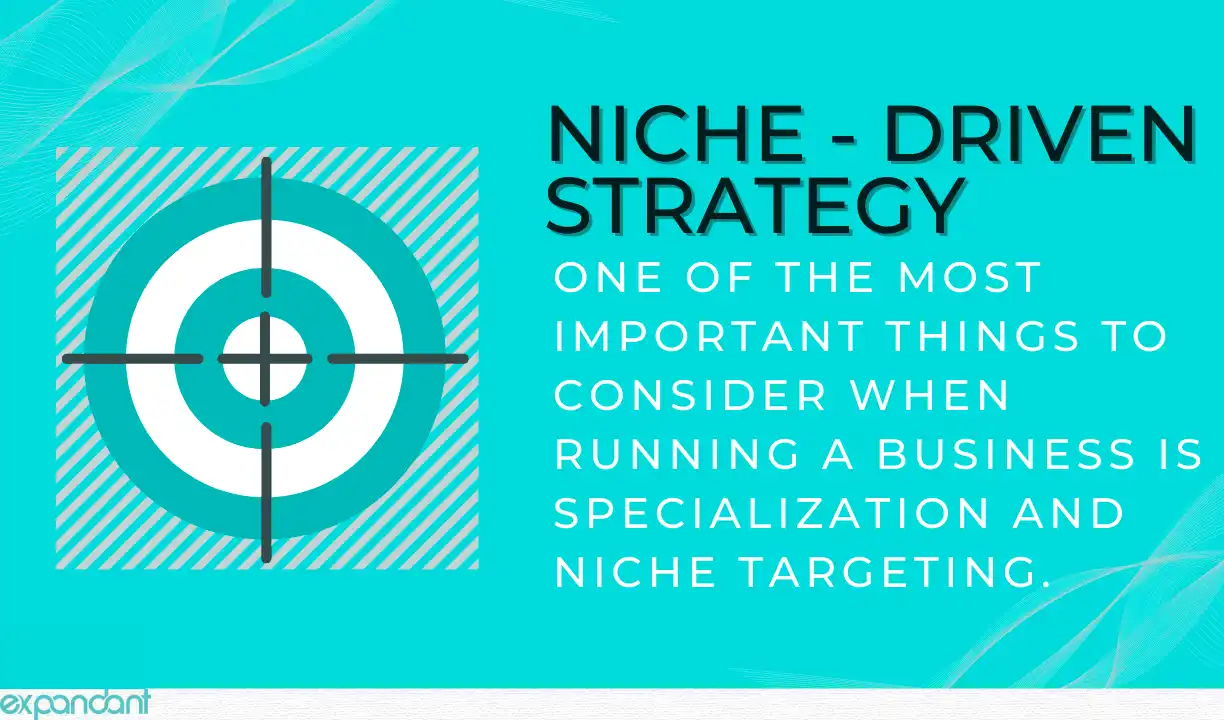
One of the most important things to consider when running a business is specialization and niche targeting. You need to make sure that you really understand your industry’s process.
If you specialize and focus on one niche, it will make everything easier for you. Doing that will provide a clear understanding to your target audience that you are the one that they are looking for.
3. A High Performing Website
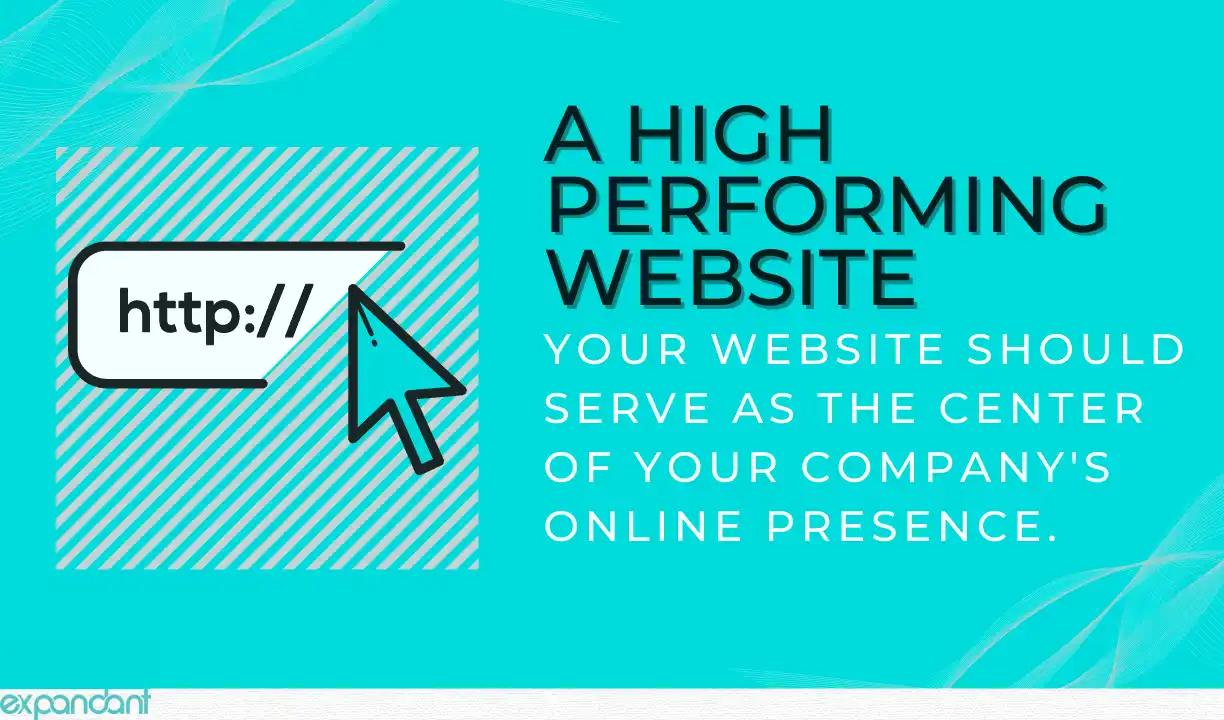
Your business’ website should be more than a digital billboard or brochure. A user-friendly website is a must-have in today’s professional services industry. Your website should serve as the center of your company’s online presence. It should also appear as a market of data that’s always rich in information.
Your company’s website is an important part of your business. It’s the one that provides you with exposure. Potential customers look for service providers online. First, your brand’s website must be easy to find in order to acquire their business. Second, your website should help you spread your company’s specialization. Lastly, it should establish a strong presence in the market.
When it comes to researching service providers, websites are by far the most popular source of information.
As new customers visit your site, instructional information and well-targeted offers lead to closer engagements. This will eventually bring sales opportunities to you.
The design of your website is the second factor to consider. Web and graphic design can impact your audience’s impressions. It also enhances recall and quickly brands a company.
The ability of design to attract audiences is often underestimated. This means that it is important the a business’ website should stand out. Plus, it will also express trustworthiness if your website is attractive.
Lastly, the usability of your website across a variety of platforms is important. Especially on mobile phones since the majority of consumers use mobile devices for business. The design of your website should adjust to the user’s device.
4. Search Engine Optimization (SEO)

Your target audience must find your site to be easy to use. This is where SEO comes into play.
SEO is an essential part of online lead generation. Although SEO always change, it is only composed of two main parts.
On-site SEO
- Show the ideas on your website that would attract your audience if they use selected search terms. Usually, the focus on these search phrases is about the services you offer.
- On-site SEO’s purpose is to let search engines know what your website is about. This will allow search engines to give more appropriate results to searchers. When audiences search for things in your area of specialty, your website will pop out.
Off-site SEO
- This takes the form of a link to your website. It’s either engagement on another website or someone made a blog post and referenced your business. This process will help your website gain authority and will sooner or later recognize you as a leader on your topic.
- Search engines will begin to trust your website more. That is because more websites connect to Off-site SEO. Thus resulting in higher ratings.
5. Social Media Lead Generation
Research has been made and it said that 60% of buyers take a look at new service providers on social media. It’s a more commonly used source of information rather than referral or recommendations of peers.
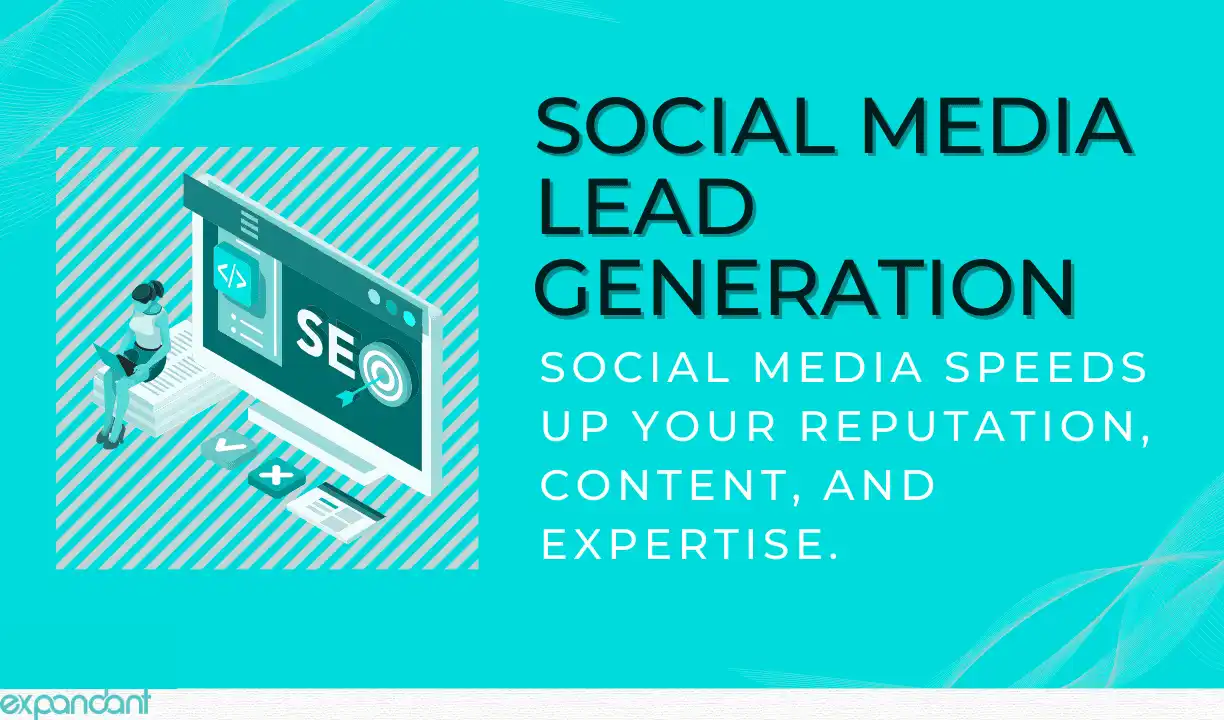
Aside from that, the nature of referrals has transformed in the rise of social media. A recent study has shown that 17% of expertise-based referrals are made because of the engagement that happened on social media. In other words, social media speeds up your reputation, content, and expertise. It allows you to be connected with valuable contacts and influencers. You can monitor your brand by social listening as well.
6. Advertising
Your business can advertise efficiently on a number of platforms:
- Industry publications and websites
- Social media
- Search Engine Marketing (SEM) – Google Ads, as well as Bing and Yahoo
- Retargeting – A cookie-based system that uses JavaScript code to anonymously “follow” your audience throughout the Web. It also displays appropriate advertisements for them.
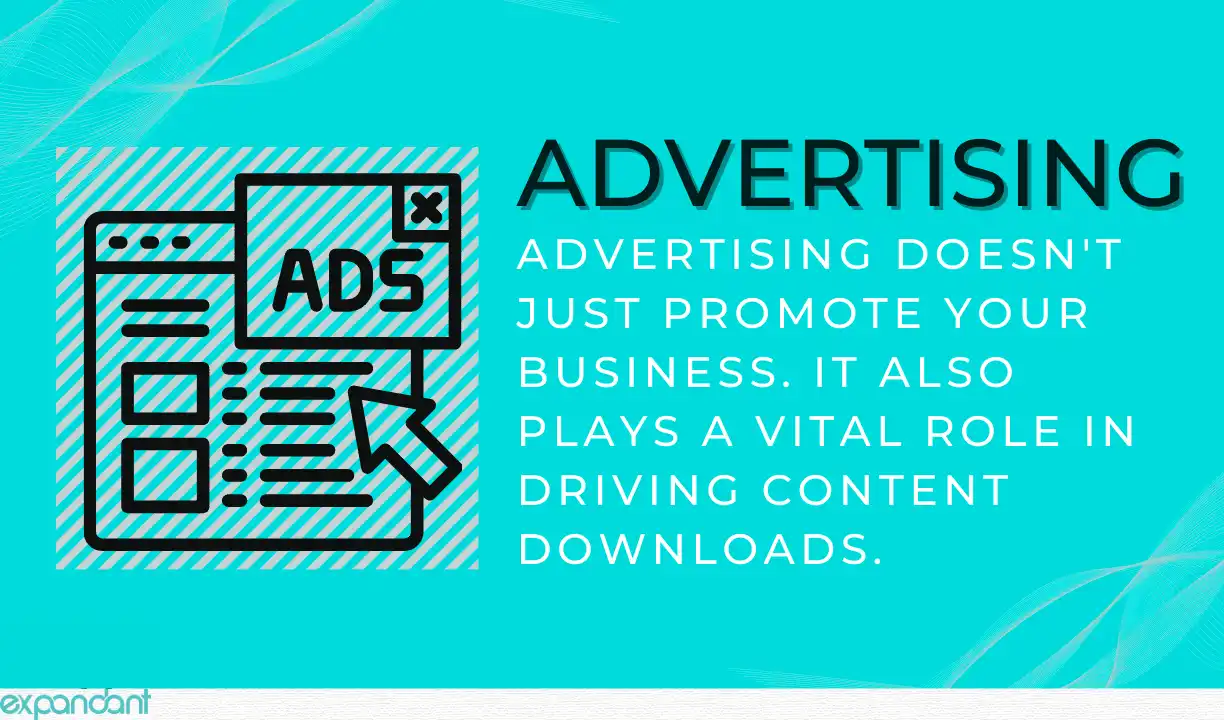
You need to keep in mind that you need to use advertising services best suited for your kind of business. LinkedIn and other industry-centered advertising work best because they allow you to directly target the right audiences. This leads to more conversions, higher CTR, and lower cost per download.
On the other hand, Search Engine Marketing (SEM), can sometimes be more expensive and more complicated to use to promote professional services. It works the same way with Facebook ads since the platform is now widely used by professional services than other social media networks like LinkedIn.
With all that said, it is important to keep in mind that there are a lot of types of advertising. Businesses that provide professional services might find them more effective or not. It really depends on their budget, ad purpose, targeting, and the industry that they are working in.
7. Referral Marketing
The structure of professional services referrals has changed. With that said, this will affect your B2B lead generation approach a lot.
Professional service referral marketing strategies showed a new industry feature: over 81.5 percent of suppliers have received a reference from someone who isn’t a client.
What is the source of these referrals? The great majority are found on a company’s reputation for specializing in one thing.
You may create a brand with an excellent presence for specialty in your area. It can be done by combining content marketing with the other methods on this list. Referrals and new business can come as a result of brand recognition.
8. B2B Lead Generation Automation and CRM
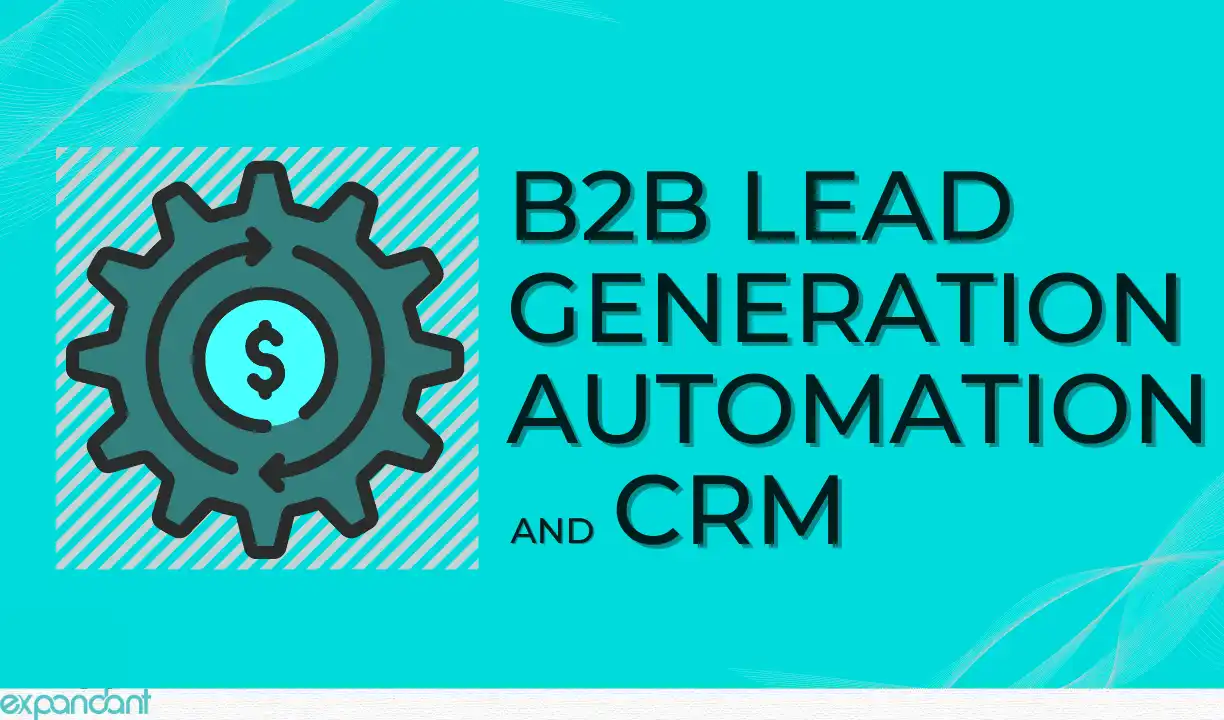
B2B Lead Generation Automation
It replaces repetitive manual processes with automatic ones. Also, it groups all of your marketing channels into one solid system for creating and managing campaigns. It also helps with measuring programs.
Like every tool, it’s important to choose the correct marketing automation software for your business. Make sure that the processes it offers is a good match for what you need.
CRM
Another important software, the Customer Relationship Management System (CRM). Businesses use a CRM to organize and track client information. In other words, whatever happens, a CRM will help you keep organized.

Your CRM will serve as the bank of information you collect about your clients. This information would include interactions. The information can be entered and stored. It can also be accessed by employees in different departments. With that said, a CRM just makes your life easier.
9. Testing and Optimization
Testing and optimization enable you to repeat your advertising efforts. It will also help you make continuous decisions. These are all based on evidence rather than instinct.
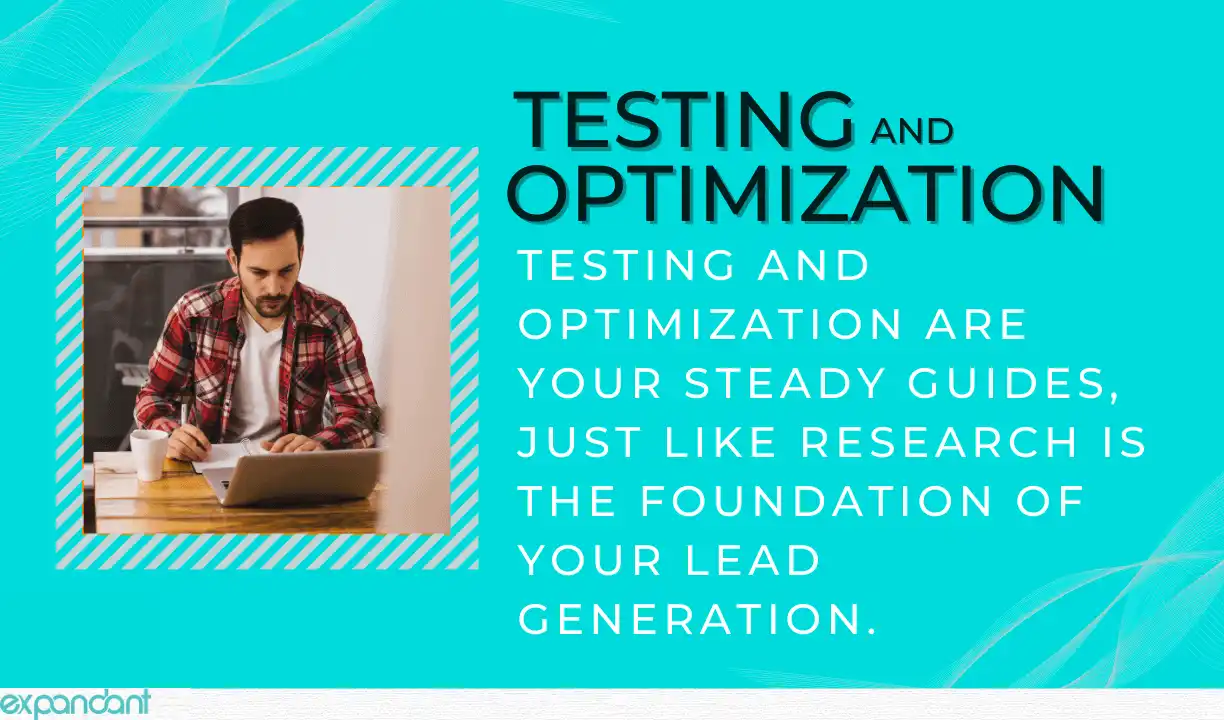
Testing and optimization are your steady guides, just like research is the foundation of your lead generation. Never stop testing your marketing tactics.
Email and landing page rendering– Use apps like Email on Acid to test how emails will look and perform on different devices and platforms.
10. Analytics and Reporting to measure Lead Generation
To fully see the results, you need to study the right metrics. You need to use the correct tools to capture important data on all of your efforts. That includes your website, social media, and SEO.
A must-have tool for tracking traffic on your website is Google Analytics. In analyzing and improving SEO performance, you can use Yoast.
Analytics and testing allow you to identify what works and what doesn’t. Accept and take advantage of them. They’ll show you how to handle marketing from an art form to a science.
A Final Thought
It’s necessary not to become complacent. Your company’s B2B lead generation strategy must be regularly checked and improved to be competitive.
The digital marketing industry is changing fast. And today, businesses that win are the ones who properly uses the data they collect.
Meer lezen?

